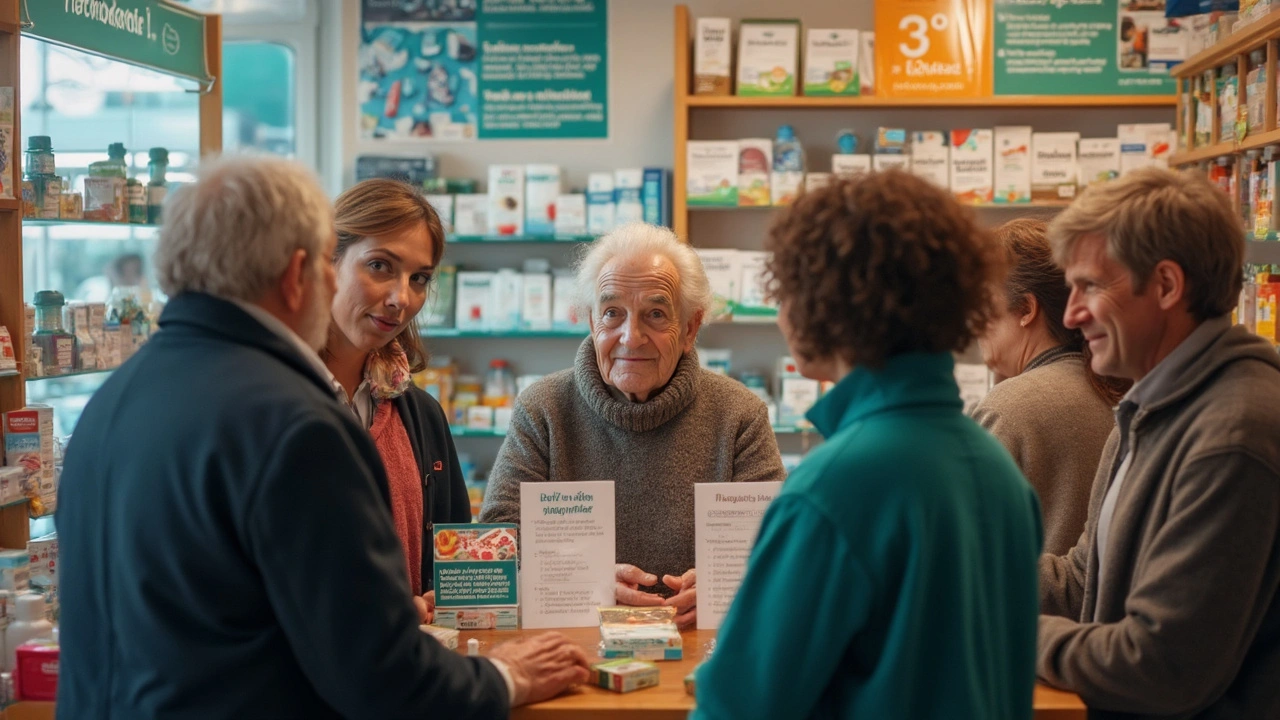Compounding pharmacies: what they do and how to stay safe
Compounding pharmacies make custom medicines when store‑bought products don’t fit a patient’s needs. Think of them as personalized medicine makers: they change dose sizes, remove allergens like dyes or gluten, mix flavors for kids, or create topical creams and sterile injections when a standard product isn’t available.
How compounding pharmacies work
A doctor writes a prescription for a specific formulation. The pharmacist follows that prescription, uses raw ingredients and compounding equipment, and prepares the drug just for that patient. There are two main types: non‑sterile (creams, capsules, oral liquids) and sterile (injections, IVs, eye drops). Sterile compounding needs stricter controls because contamination risks are higher.
Common uses include pediatric doses that aren’t sold commercially, hormone creams, veterinary meds, allergy‑free versions, and discontinued drugs made to order. Compounding fills gaps but isn’t a replacement for approved manufactured drugs when those are available and appropriate.
How to choose a safe compounding pharmacy
Not all compounding pharmacies follow the same standards. Start by checking the state board of pharmacy for complaints and licenses. Ask if the pharmacy follows USP standards (USP <795> for non‑sterile, <797> for sterile, and <800> for hazardous drugs). Those rules set the environment, testing, and staff training expectations.
Look for PCAB accreditation or other third‑party seals — they show a higher level of oversight. Ask the pharmacist about sterility testing, potency testing, and whether they keep batch records. For sterile preparations, ask to see documented environmental monitoring and media fill test results for their technicians.
Questions to ask before you order: Do you use standardized, traceable ingredients? Can you provide a certificate of analysis (CoA)? How do you store and ship the medicine? What are your expiration dating and stability data? Who inspects your facility?
Shipping matters. Some compounded items need cold packs and fast delivery. Confirm the pharmacy uses validated shipping that preserves potency. If you get a product that looks off — strange color, sediment, bad smell — don’t use it and report it to both the pharmacy and your prescriber.
Cost and insurance vary. Some insurers cover compounded meds, some don’t. Compare prices and ask for an itemized list before you buy. If an over‑the‑counter or FDA‑approved option exists and fits your needs, it’s usually safer and cheaper than a custom compound.
Compounded meds can be lifesaving when standard products don’t work. Still, always involve your prescriber and pick a reputable compounder. If you’re unsure, ask for references, accreditation proof, and clear testing records — a good pharmacist will welcome those questions and answer plainly.

